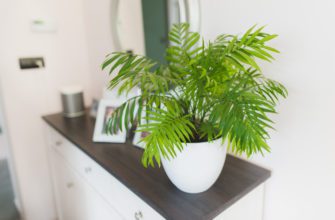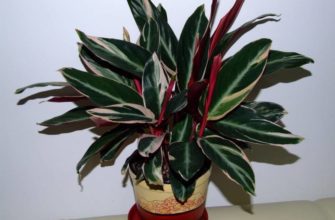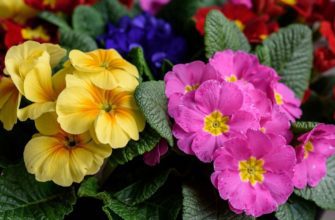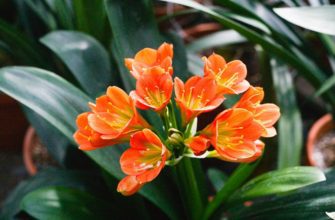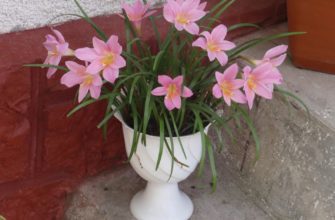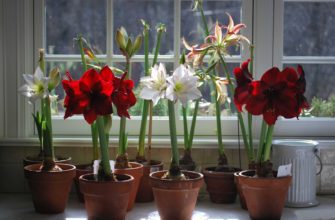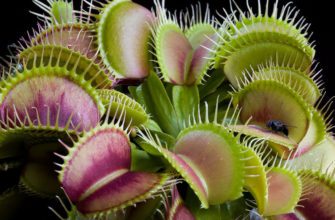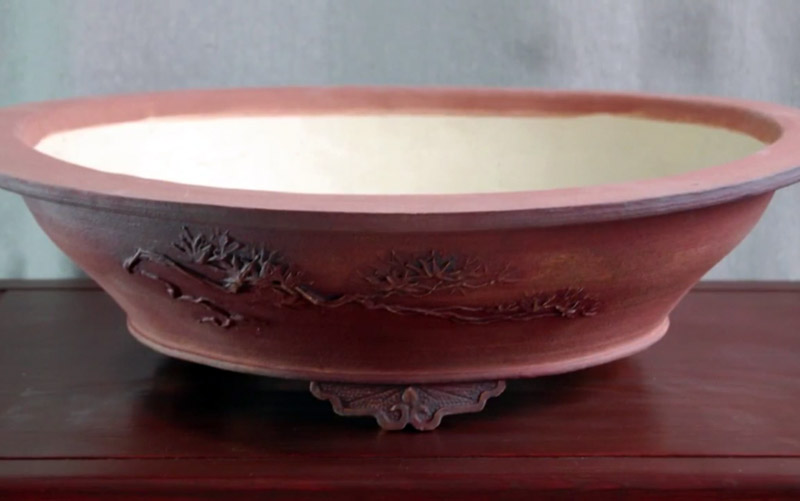
Bonsai is one of the most unusual arts. Its origin testified to the fact that people have the right to a hobby that becomes a part of their lives. Everything has a meaning in it, each element, each detail of the whole composition has a certain meaning. If you take an interest, you can learn amazing facts about what secret is hidden in this or that bonsai, what idea the author puts into each of his creations; you can also learn that the pot is an informational object that can tell a story, say a lot about the creator.
Through history to knowledge
First appearancebonsai pot(about 13 thousand years ago), was absolutely not connected with the epochal art. Most often, such simple containers were increasingly used for planting plants. Then, when the development of bonsai in Japan reached a new level, compacted pots made of different materials began to be created. They looked like cups, those that were not deep were similar to bowls. In general, there is a similarity between tableware and such simple products. A little later, with the development of pottery, real pots appeared, which had different shapes and volumes, they differed in thickness and height, and never had handles. They began to be used for different purposes: someone kept small things in them, while others planted flowers in them (cosmos, lycoris, hydrangea, wisteria). Initially, such vessels were not given much importance, they only performed the function assigned to them and had their own meaning. But time passed and a new era of unknown and unfamiliar to many creativity came - bonsai. Wide popularity and passion for this technique raised the vessels to a different format. Now they have already become an element of the whole idea and therefore had to have the corresponding characteristics.
Let's talk about sizes, colors and variety of pots for bonsai
The ancient style of work shows that the pots were usually round in shape, their height was no more than 20 cm. Usually, only brown containers were used, which did not have patterns. This was the very first and most primitive type of bonsai pot. They became a kind of rarity that was sought afterbonsai masters, that's rightselected potmade it possible to create an interesting and original composition.
In Japan, these simple objects reached their peak of popularity. Craftsmen who created unusual pots were sought out in cities and their suburbs; they were asked to create completely unusual containers that would be one of a kind. Thus, pots with patterns and drawings began to appear, their color and shape began to change, but the depth always remained the same. After some time, antique pots became the basis for all famous world collections. It was those first versions that would become the true standard of eternal beauty and genuine craftsmanship.
Parallel between past and present
Even now, when there are manystyles and variations of bonsai art, pots became the basis of each of them. With the help of a container, it is easy to determine the time of creation of the composition, its belonging to a certain territory and style. Only a pot can reveal the character of the creator of the composition. For example, a flat pot, similar to a dish, says that the creator bows before the power of nature. Such a container symbolizes a spacious high-mountain meadow. When, a high container is identified with the mountain itself - powerful and unshakable. Each color and shade of the container harmoniously recreates a landscape sketch and the plot of the bonsai creation. Today, only natural materials (ceramics, earthenware, porcelain) are used to make such pots; there are round and oval, square and polygonal ones. They are so different that they differ from each other as well as each composition executed using the bonsai technique.
Video - Making a Bonsai Pot
The video shows the process of making a bonsai pot.

